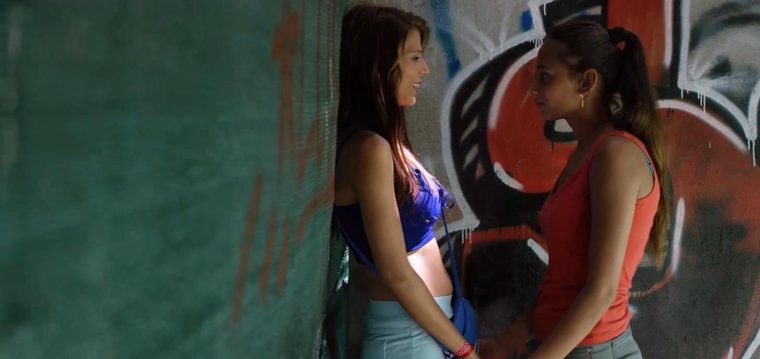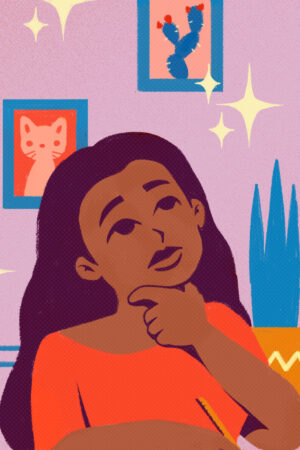Even in 2019, American moviegoers are more likely to categorize LGBTQ films under one big umbrella rather than identifying them by typical genres — like dramas and romantic comedies. Nonetheless, the prevalence of noteworthy LGBTQ projects over the last decade on both the big and small screens is a welcomed sign that things are improving in the way Hollywood confronts LGBTQ issues.
After the success of accessible US films like Love, Simon, Boy Erased and Call Me by Your Name, studios have started to realize these are meaningful stories to tell, especially during a time where human rights appear to be under attack by the intolerant. This is happening on a global scale, which makes a film like Carmen y Lola (Carmen & Lola) all the more vital. Recent foreign language LGBTQ films like Thelma, A Fantastic Woman and Blue is the Warmest Color, give audiences in the US a window into different cultures and parts of the world that might be unfamiliar to them. It’s particularly true for a film as authentic and at times inflaming as Carmen & Lola, which was nominated for eight Goya Awards (Spain’s version of the Oscars) last year, winning two (Best Supporting Actress and Best New Director).

Making her feature film debut with Carmen & Lola is Spanish writer-director Arantxa Echevarría, who casts newcomers Rosy Rodríguez and Zaira Romero as the title characters, two Roma teenagers living in a gypsy (gitana) community in the suburbs of Madrid, whose lives are going in opposite directions. Seventeen-year-old Carmen (Rodríguez) is only a month away from receiving a marriage proposal from Rafa (Juan José Jiménez), a young man both families have unofficially agreed is a good match for her. The future holds very little for the soon-to-be bride, who is content with playing the role of “proper gypsy housewife” and becoming a hairdresser (if Rafa allows it).
Sixteen-year-old Lola (Zaira Romero) has bigger aspirations. She is a talented graffiti artist who wants to become a teacher. She doesn’t want to follow the advice of her strict, religious father Paco (Moreno Borja) and spend her time working at the family’s fruit and vegetable stand, nor does she want to get married to the first boy who bats his eyes at her. In fact, Lola isn’t interested in boys at all. Her web search of “Madrid lesbians” on the computer reveals that she likes girls. Her feelings are confirmed to viewers when she meets Carmen at the market and is immediately attracted to her.
Any hope of a relationship with Carmen looks unlikely, but Lola is steadfast in her pursuit, even when Carmen makes it clear she is “a normal girl” and not “weird” — language Echevarría uses throughout the entire courtship to show how close-minded and conservative the landscape is in their part of the city. Of course, Carmen and Lola’s friendship doesn’t stay platonic and the narrative slowly inches to an obvious scenario where the girls must keep their affair hidden.

While most of Carmen & Lola feels familiar, Echevarría paints a frightening picture of her home country as a hostile environment for LGBTQ youth that resembles other regressive societies around the world, including the most ultraconservative parts of the United States that still believe in things like conversion therapy. The last few scenes of Carmen & Lola are sure to turn some viewers away because of the extreme nature of the homophobia and toxic machismo on display, but this isn’t the kind of screenplay Echevarría could simply package with a pretty little bow. By refusing to take the easy way out, she transforms Carmen & Lola into a less cliché, forbidden love story with real consequences.
Carmen y Lola screened at the Seattle International Film Festival.







